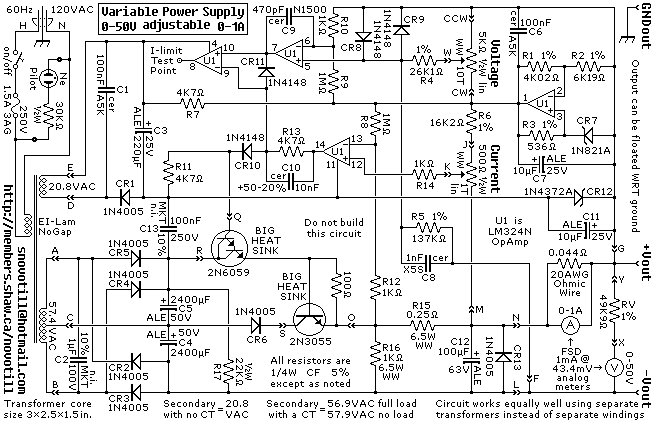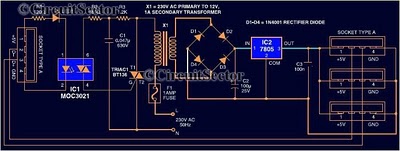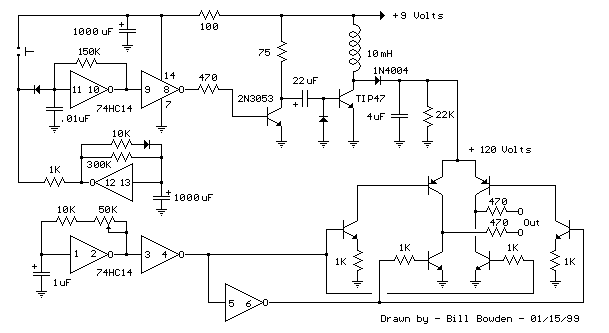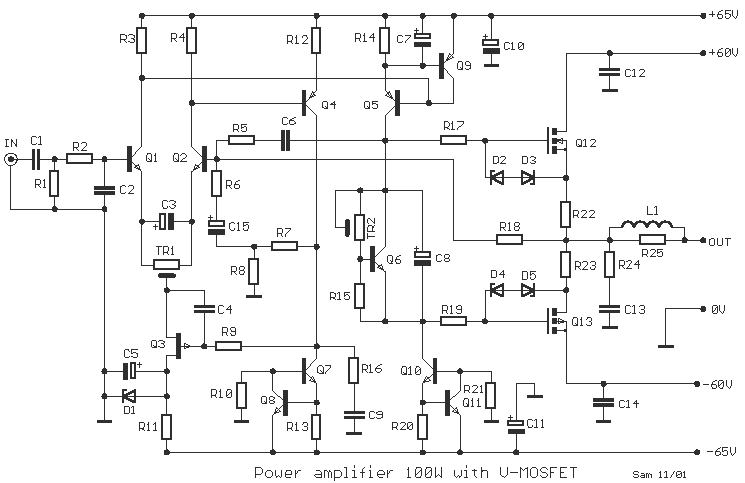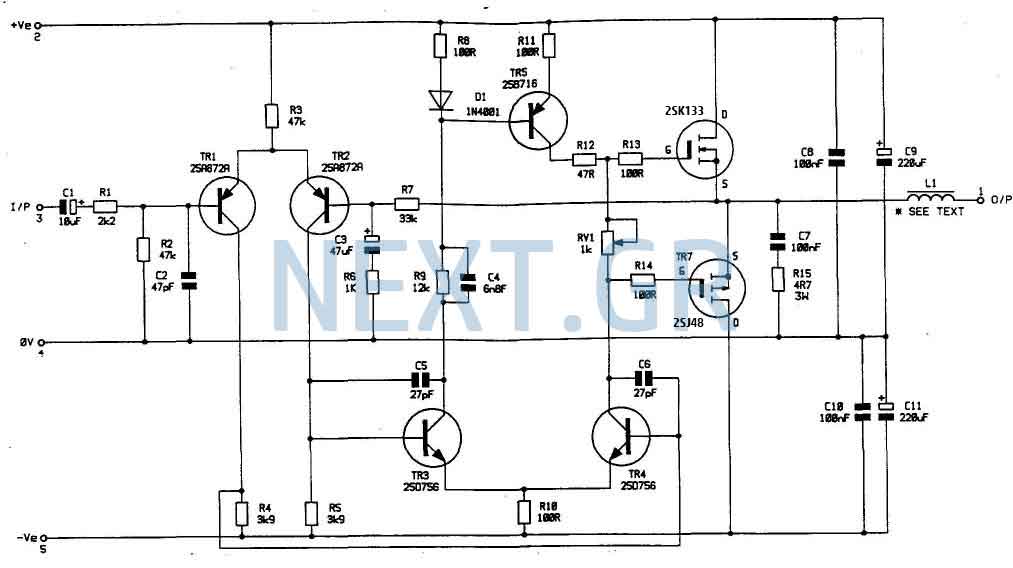
Power Supply
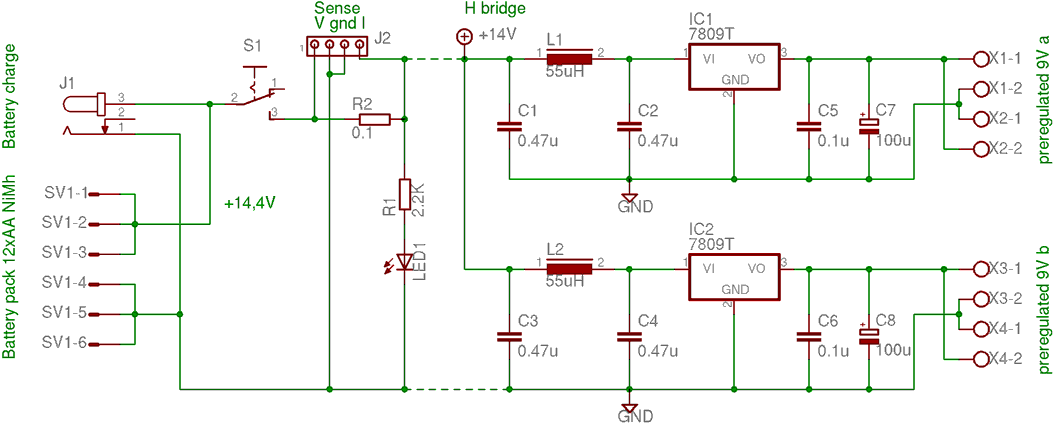
This system serves as the power supply for all the circuitry within the robot, as illustrated in the block diagram. Housed within an aluminum enclosure are the NiMH cells along with the previously described circuits. Two lines of preregulators are utilized to effectively decouple the boards and ensure an increased power availability. The dotted lines represent the division between the front and rear sections of the circuit. The front section includes a recharging socket, an on-off switch, and a signaling LED.
The power supply system is designed to deliver reliable energy to various components of the robot, ensuring optimal performance during operation. The aluminum enclosure provides both physical protection and efficient thermal management for the internal components. The NiMH cells are selected for their balance of energy density, cycle life, and safety, making them suitable for robotic applications.
The use of two lines of preregulators enhances the overall reliability of the power distribution by isolating different sections of the circuit. This decoupling minimizes the risk of voltage fluctuations affecting sensitive components and allows for better load management. Each preregulator is designed to maintain a steady output voltage, accommodating the varying power demands of the robot's circuitry.
The front section of the circuit plays a critical role in user interaction and maintenance. The recharging socket enables easy access for battery replenishment, while the on-off switch provides a straightforward method for powering the robot on and off. The signaling LED serves as an important visual indicator, providing feedback on the power status of the system.
Overall, the power supply system is a well-thought-out design that integrates essential features for both functionality and user convenience, ensuring that the robot operates efficiently and reliably.As described in the block diagram page, this is the system that provides power supply for all the circuitry of the whole robot. In the aluminum box there are the NiMH cells and all the circuits already described. There are two lines of preregulators to better decouple the boards and to have more power available. The dotted lines indicate the divis ion between the front part of the circuit and the rear one. The first one contains recharging socket, the on-off switch and the signalling LED. 🔗 External reference
The power supply system is designed to deliver reliable energy to various components of the robot, ensuring optimal performance during operation. The aluminum enclosure provides both physical protection and efficient thermal management for the internal components. The NiMH cells are selected for their balance of energy density, cycle life, and safety, making them suitable for robotic applications.
The use of two lines of preregulators enhances the overall reliability of the power distribution by isolating different sections of the circuit. This decoupling minimizes the risk of voltage fluctuations affecting sensitive components and allows for better load management. Each preregulator is designed to maintain a steady output voltage, accommodating the varying power demands of the robot's circuitry.
The front section of the circuit plays a critical role in user interaction and maintenance. The recharging socket enables easy access for battery replenishment, while the on-off switch provides a straightforward method for powering the robot on and off. The signaling LED serves as an important visual indicator, providing feedback on the power status of the system.
Overall, the power supply system is a well-thought-out design that integrates essential features for both functionality and user convenience, ensuring that the robot operates efficiently and reliably.As described in the block diagram page, this is the system that provides power supply for all the circuitry of the whole robot. In the aluminum box there are the NiMH cells and all the circuits already described. There are two lines of preregulators to better decouple the boards and to have more power available. The dotted lines indicate the divis ion between the front part of the circuit and the rear one. The first one contains recharging socket, the on-off switch and the signalling LED. 🔗 External reference
